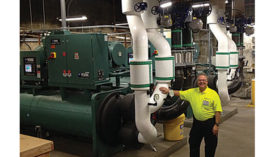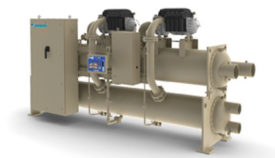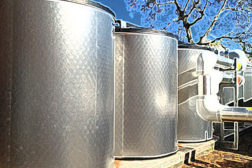Home » chillers
Articles Tagged with ''chillers''
A Starring Role For Universal City Retrofit
A Hilton in the heart of show biz transformed into a sustainable destination hotel with the help of chiller and cooling tower overhauls and improved BAS and ventilation strategies. Don’t miss the final plot twist before the system’s big launch party.
September 1, 2014
Chill Out: A Mechanical Study And Chiller Upgrades Revive School Infrastructure
Heating and cooling upgrades for a preparatory boarding school nestled among the trees in Pottstown, PA, wove together the best of 1950s innovation with today’s energy standards
May 1, 2014
Hospital Retrofits For Energy Efficiency
How many health care facilities are limping along in terms of mechanical performance but could be running better than ever with one committed round of treatment?
March 1, 2014
Malfunction At The Museum
An air handling unit that hasn’t worked since, well, ever. Chillers that have to work more often as a result — and an extra chiller just to attack the affected zone. These were the obvious symptoms, but what was the cause?
January 2, 2014
Get our new eMagazine delivered to your inbox every month.
Stay in the know on the latest HVACR engineering trends.
SUBSCRIBE TODAY!Copyright ©2024. All Rights Reserved BNP Media.
Design, CMS, Hosting & Web Development :: ePublishing








